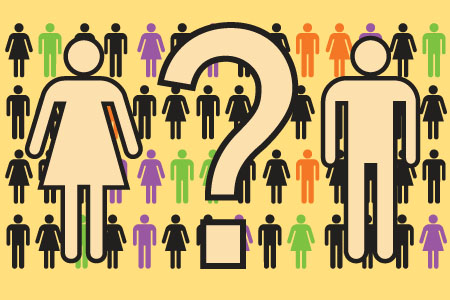
One of the most important decisions we make, on a daily basis, is the choice of relationships and friendships we have in our lives. Be it family, friends, or those that we partner with and share our lives with; These decisions take up a large portion of our time, both mentally and physically. Naturally, this becomes a heavily discussed topic with opinions on it from every angle. Parents will give their two cents on the subject, so will a friend, an acquaintance, even a fortune cookie! Between the fog that covers this important topic are two types of relationships that we can compare and contrast, for better or worse a decision can be made between the two with the consequences for each decision taking course.
The first is a relationship of parallels. x = x. This is a more natural principle to live by and to guide our decision making with relationships; People that are more like us, who share common interests, and think along the same lines that we do. This sounds quite reasonable, why would anyone want to share their life and the moments they cherish with someone that doesn’t see things eye-to-eye or has an opposing or alternative view on matters that matter? This, however, requires a deeper dive than simply thinking a perfect reflection of a person is the perfect match. The first thing to think about is what attributes are we looking for in common. Is it our calm nature or our willingness to experiment? Is it our wild ways or our love for Asian food? While some matters might be easy to select as appropriate to have in common, a high temper isn’t something that would be wise to have shared between two people.
The other type of relationship is a complimentary one. x + y = ?. These are individuals that might not necessarily have the same attributes as the person, but in combination, they result in a third and different result than they naturally would be in isolation. This also sounds like a good idea, to have someone that can complement us well, to be able to take in our bad and turn it into good, to be the counter balance to our behaviors. This equation works well when it comes to our not-so-good behaviors where someone can be able to, for example, provide a calming presence towards our potential impulsive behaviors. Where it doesn’t work so well is in the fact that they are, by nature, different than us. Difference can create incompatibility; it can be an instigator of conflict.
It would be foolish to think that any one person is either one of the equations in pure form. Every person can offer both a parallel behavior and a complimentary one. In either case, it’s useful to have an ability to draw a line between behaviors and ultimately the people that portray and demonstrate them. It is the observation of the person and the consequential decisions that will make either one of those relationships beneficial in the long term.




4 Comments